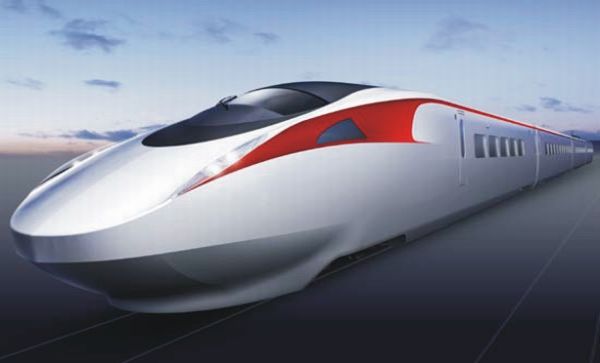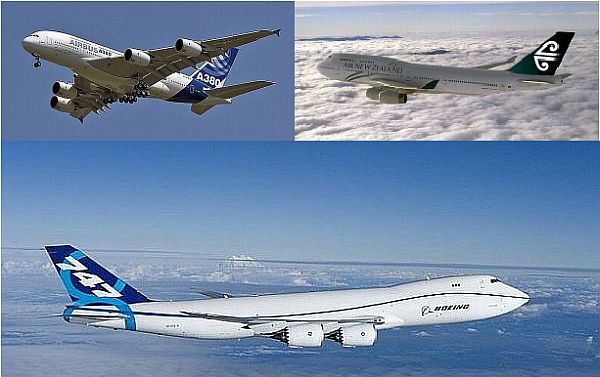
In a world threatened by ever increasing greenhouse gas emissions, responsible citizens do their bit to safeguard the environment by switching to greener modes of housing and commuting, adopting renewable forms of energy, recycling old materials, switching to organic and locally sourced food, all in an effort to reduce their carbon footprint. But all these acts stand to be nullified the moment one takes a flight for the jet engines that fly the airplane which is a major contributor to air pollution and climate change. Yet, there is a hope as planes have begun to fly on more environment-friendly biofuel. We list here examples set by 5 airplanes flying clean on biofuel.
1. Biofuel powered Boeing 747-8 Freighter
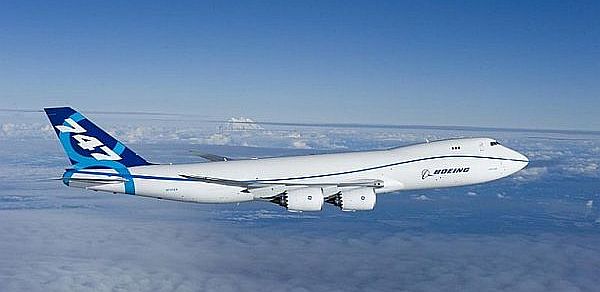
Biofuel derived from Camelina (Camelina Sativa) is used to power a Boeing 747-8 Freighter in a feat unparalleled in the history of aviation. The Paris Air Show witnessed the flight of the Boeing 747-8 Freighter from Seattle to Paris, the first trans-Atlantic biofuel flight. The 747’s four GE GEnx engines flew on a 15-85 blended fuel, 15% camelina derived biofuel and 85% Jet A kerosene.
This flight hopes to set a trend in the aviation industry and helps reduce the phenomenal contribution to greenhouse gas emission by jet engines. Boeing is confident that this trans-Atlantic flight by its 747-8 will not only reduce the carbon dioxide emission per passenger kilometer but will also contribute to the overall efficiency of its engines and lessen the equally menacing noise pollution caused by jet engines.
2. Airbus A380
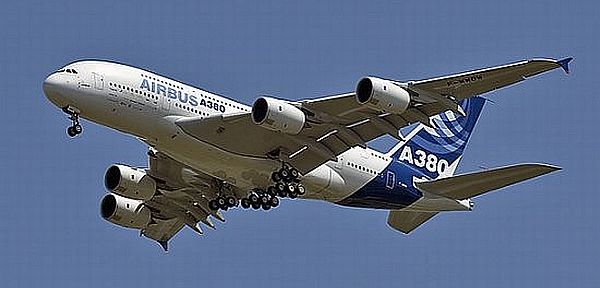
Well, if Boeing does it, can Airbus be far behind? The answer is a no, with the maker of the A380, the world’s largest jetliner, flying it from Filton, England to Toulouse, France on a biofuel-jet fuel blend powered flight. According to Sebastien Remy, the head of Airbus’ alternative fuel program, the fuel used by the A380 was a 60-40 blend of aviation jet fuel and gas to liquid (GTL) derived from fossil fuels.
Although, it produced no difference in CO2 emission with the regular jet fuel yet it produced no sulfur (another jet engine pollutant in the form of sulfate particles) thereby resulting in greater air quality. The flight by the double-decker behemoth is another step in incorporating biofuel to lessen the impact of commercial aviation upon the environment.
3. Air New Zealand 747
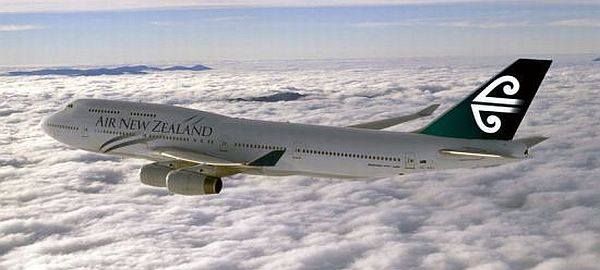
If all airliners followed the footsteps of Air New Zealand, then the air above us would definitely be cleaner. As results so far have shown jet engines fly just as well on biofuel-jet fuel blend, and if you were in a biofuel jet you would not know the difference unless, of course, the pilot announces it.
Air New Zealand flew one of its Boeing 747’s with one of its four engines running on a jatropha derived biofuel. One of the four Rolls Royce engines of the 747 run on a jatropha biofuel and jet A-1 fuel blend. Normally regarded as a weed, jatropha is used to produce biodiesel and if airliners adopt this green fuel then the prospect of a cleaner sky would become a reality and the aviation industry would not be damned by environmentalist anymore.
4. Biofuel-powered jet completes transcontinental flight
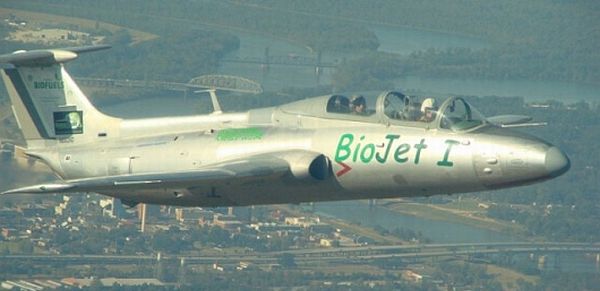
A Czech made L-29 aircraft piloted by Douglas Rodante and Carol Sugars became the first jet in the history of aviation to fly purely on biofuel. This flight followed the team’s breakthrough flight in October 2007.
Flying 17,000 feet over the skies of Reno, the jet named ‘BioJet I’ flew a distance of 1776 miles on 10% biofuel thus shattering many myths surrounding biofuel and jet engines. Another distance of 2486 miles was made on a 50-50 blend of biofuel and jet fuel to compare the performance readings.
Covering the distance between Reno, Nevada and Leesburg, Florida in a little over 11 hours, this flight by the Green Flight team demonstrated the viability of biofuel as an environment friendly alternative to jet fuel.
5. EADS worldâs first flight powered entirely by algae-based biofuel
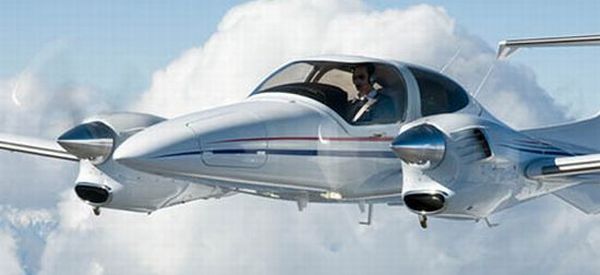
The European Aeronautic Defence and Space Company, EADS, can proudly claim to have flown an aircraft solely on biofuel without resorting to any jet fuel blend to spoil its record. We have seen history created by planes flying on biofuel and jet fuel mixture. But, at the International Aerospace Exhibition in Berlin, EADS flew a twin-prop Diamond Aircraft DA42 NG solely on algal biofuel and took home the record of a flight powered solely by algae-based biofuel.
Sourced from algae, algal biofuels are environment friendly in that they are biodegradable and are produced using ocean and waste water. So, if produced and adopted on a commercial scale, algal biofuel will be a very good alternative to fossil fuel. EADS will make a repeat performance of this at the Farnsborough Airshow.




